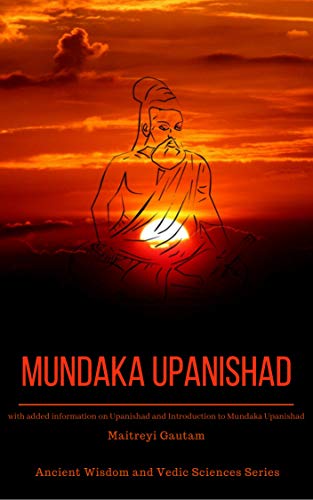Many people might think that buckwheat is a whole grain. As a matter of fact, buckwheat is a fruit seed that belongs in the same family with rhubarb and sorrel. Buckwheat is a suitable alternative to grains for those with sensitivity to wheat or other protein glutens-containing grains.
Buckwheat has very fragrant flowers that attract bees which they use to produce dark honey that has a uniquely strong flavor.
Diets that include buckwheat have been associated with reduced risk of high blood pressure and high cholesterol. Buckwheat intake was linked to increased ratio of health-promoting cholesterol to total cholesterol, reduced low-density lipoprotein cholesterol or LDL cholesterol which was associated with cardiovascular disease, and reduced total serum cholesterol.
The beneficial effects of buckwheat can be partly attributed to its rich flavonoids supply, specifically rutin. Flavonoids are phytonutrients that protect the body against disease by extending the activities of vitamin C and functioning as antioxidants. The lipid-reducing activity of buckwheat is largely because of rutin as well as other flavonoids. Flavonoids help in blood flow maintenance; they prevent excessive clotting of platelets. Platelets clump together when triggered thereby preventing excessive loss of blood and protecting LDL cholesterol against free radical oxidation into potentially damaging cholesterol oxides. All these activities help protect from cardiovascular disease.
Each serving of buckwheat contains approximately 86 milligrams of magnesium. Magnesium helps relax blood vessels, improves blood flow as well as nutrient delivery, at the same time lowers blood pressure-the ideal combination to keep your cardiovascular system healthy.
Phenolics are powerful antioxidants. They function in many ways to protect from disease and have been the focus of many studies. Phenolics are a plethora of health news-worthy compounds which include catechins, ellagic acid, curcumin, quercetin, and many others.
"Free" and "bound" phenolics in fruits, vegetables and whole grains are different from each other. However, they exhibit similar total antioxidant activity in all three types of whole foods.
Diets that mostly contain whole grains have consistently shown to reduce risk of developing colon cancer. The powerful anti-cancer capacity of whole grains defines their wholeness. A whole grain has three parts- the endosperm or starch, the bran, and the germ. Refined wheat or any refined whole grain is removed of its bran and germ.
continue reading...
| |
Healthy Eating and Nutritious Foods
Keywords and Tags:
#buckwheat #benefitsofeatingbuckwheat #nutritioninbuckwheat #eatingsmart #eatinghealthy


















